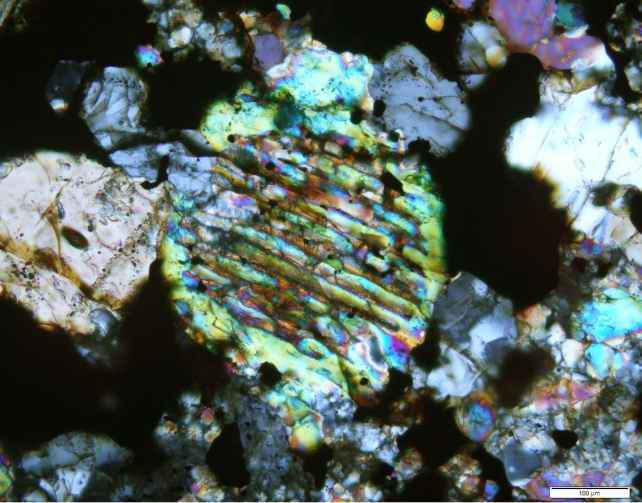In 2015, David Hole was metal detecting in Maryborough Regional Park near Melbourne, Australia and found a very heavy, reddish rock. Convinced it contained a gold nugget, Hole tried various methods to break it open over the years, but the rock could not be cracked.

Years later, Hole took the mysterious rock to the Melbourne Museum for identification. Geologists there determined it was not gold, but a rare 4.6 billion-year-old meteorite weighing 17 kilograms. The Maryborough meteorite is only the 17th meteorite ever recorded in the Australian state of Victoria, making it much rarer than gold.

The researchers analyzed the meteorite and found it to be an H5 ordinary chondrite, composed of a high percentage of iron and containing tiny crystallized metallic mineral droplets called chondrules. Meteorites like this provide valuable insights into the formation and chemistry of our solar system, including the early stages of planet formation.

While the exact origin and arrival time of the Maryborough meteorite on Earth is unknown, the researchers estimate it likely came from the asteroid belt between Mars and Jupiter sometime in the last 100-1,000 years. This rare meteorite specimen is considered far more scientifically valuable than a gold nugget.

Source: ScienceAlert









